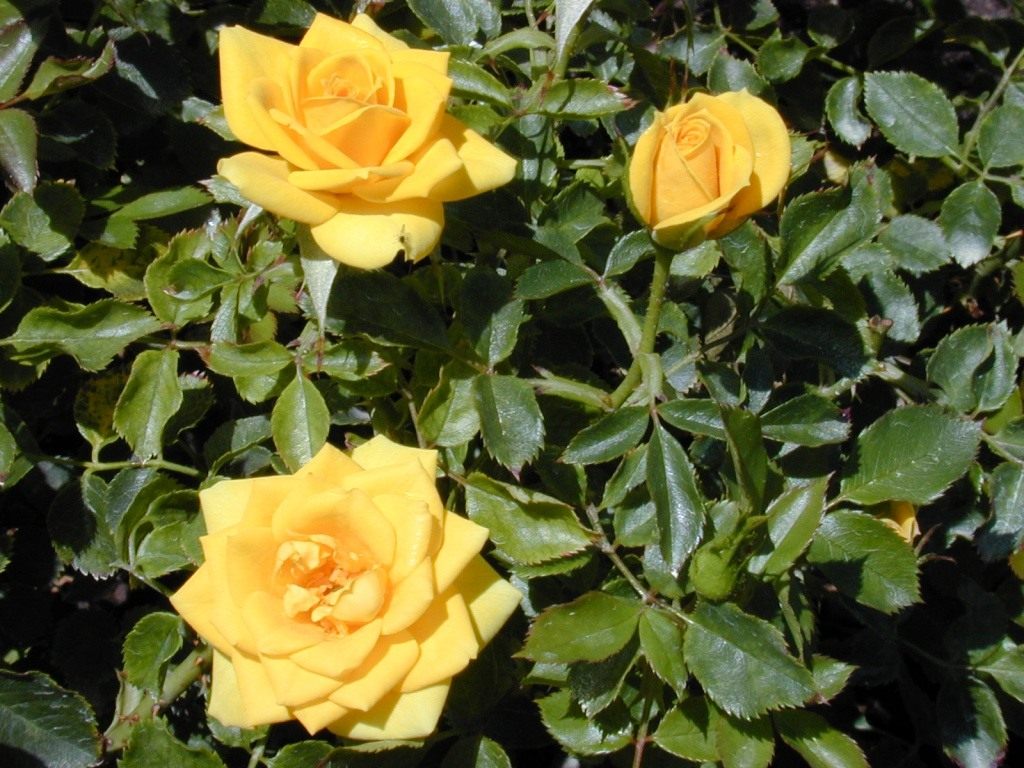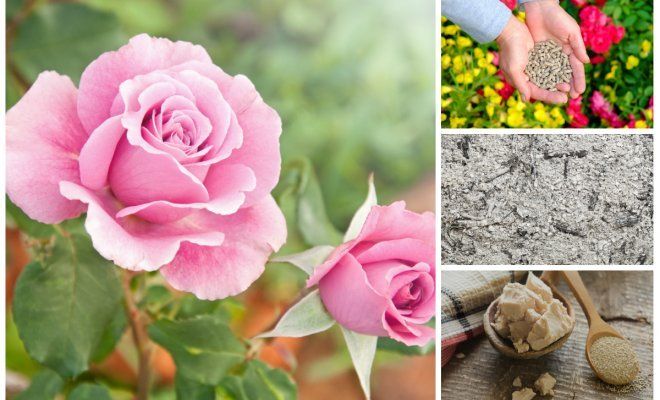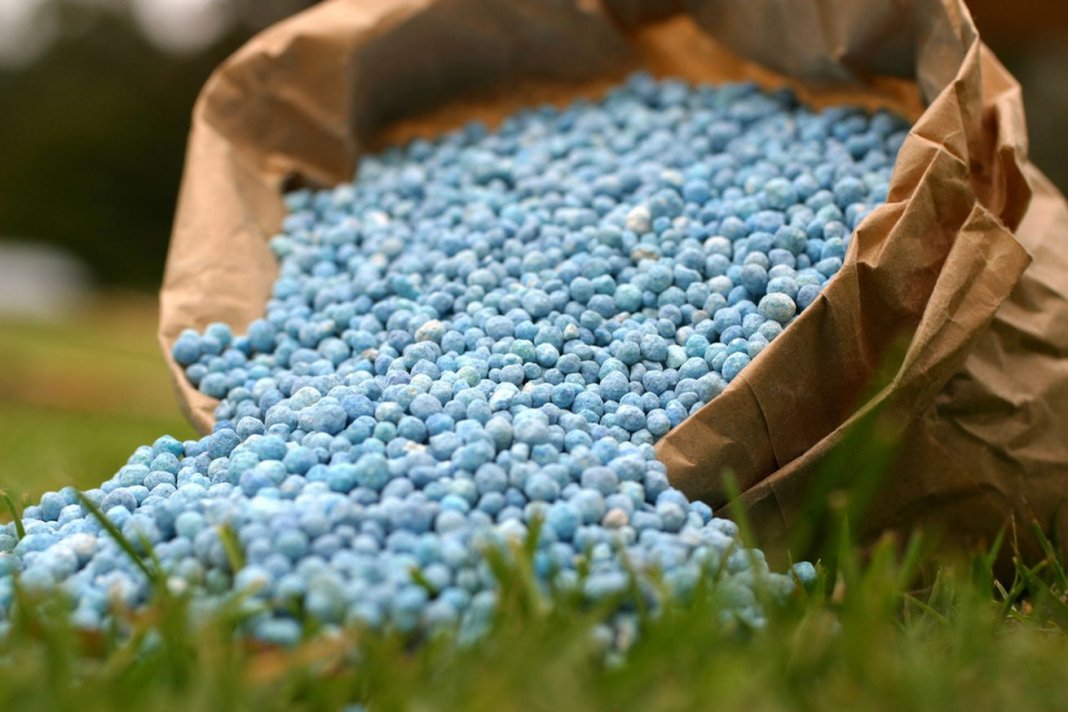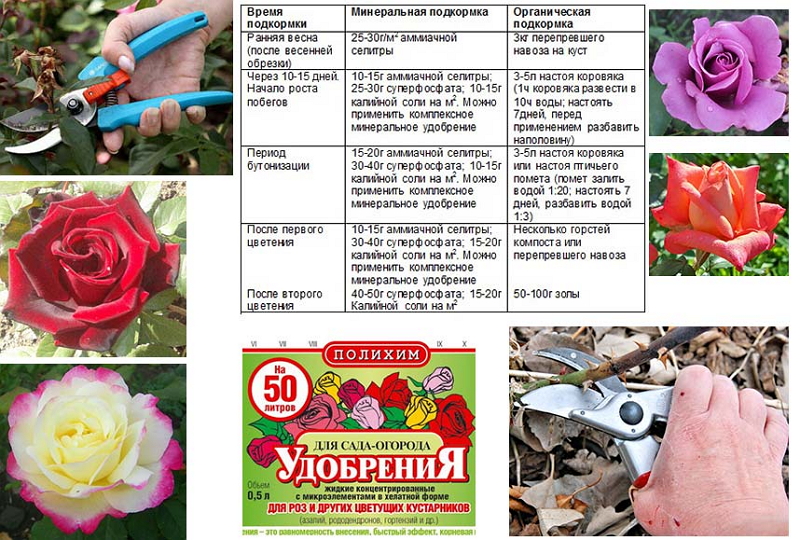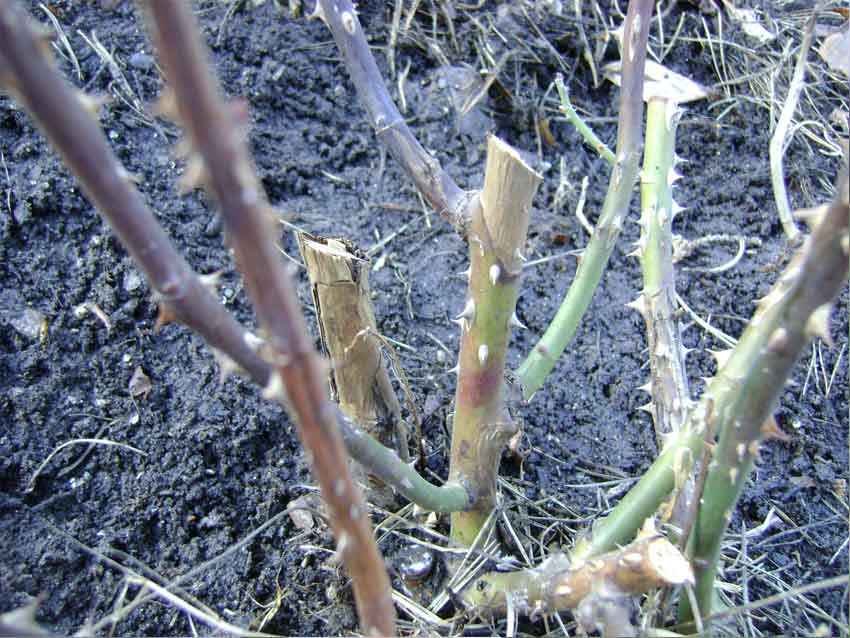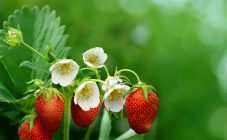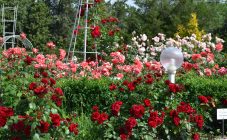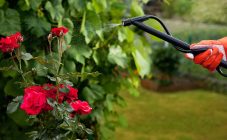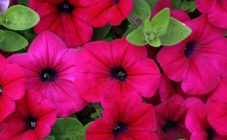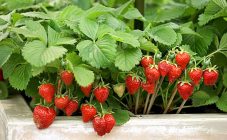Content:
It is impossible to grow beautiful and healthy roses without fulfilling the basic requirements of the agricultural technology of this culture. In particular, plants need to be fed in a timely manner. Summer residents and flower growers should know exactly how to feed roses during budding and flowering, be able to apply this knowledge in practice.
Basic rules for caring for roses
When rose bushes are planted in the soil, they will need regular irrigation, without which the plants risk dying. In order to protect plantings from diseases and harmful insects, either chemical preparations or homemade products are used. Plants are pruned as needed, usually in spring or autumn. Plants also need to be fed regularly.
Why feed roses
The culture in question is capable of growing and developing normally only in the presence of nutritious soil and the regular introduction of abundant dressings. Roses usually react immediately to a deficiency of a particular nutrient. Plants begin to be affected by diseases and bloom worse, and the foliage is deformed and densely covered with spots.
The situation can be corrected or prevented with the timely use of fertilizing. They contribute to the normal growth of the shrub and its health. A rose, fully provided with nutrients, begins to bloom brighter, more aromatic and luxuriant in summer, and becomes more resistant to frost in winter.
Rose scored buds: how to feed
At this stage, potassium becomes the most important element for roses. In order to fully provide the plantings with this substance, the following types of fertilizers are used:
- potassium salt;
- potassium sulfate;
- saltpeter;
- potassium chloride.
The absence or lack of potassium at the onset of the budding phase causes a weakening of flowering or the development of diseases.
How to feed roses during the budding period from folk remedies? During this period, it is recommended to use chicken manure, 700-1000 ml of which is diluted in a 9-10-liter container with water and mixed thoroughly. Wood ash is scattered in the bite sector.
Fertilizing roses during flowering
During the period when roses are blooming, one or two times root feeding or 2-3 times the introduction of nutrients on the leaf is carried out. During this period, emphasis should be placed on the use of phosphorus-potassium fertilizers. They are allowed to alternate with complex fertilizers or specialized fertilizers for roses.
In July, the best fertilization options are:
- potassium salt - 20 g / m²;
- superphosphate - 40 g / m².
It will not be superfluous to spill 100 g in each bite sector.During the seasons when drought or heavy, prolonged rains begin in the middle of summer, plants need additional medications to help them relieve stress. Achieving this goal usually involves the use of drugs such as:
- Epin-Extra;
- Zircon;
- potassium humate, etc.
Types of fertilizers and dressings for roses
Usually, roses are used with fertilizing containing nitrogen, potassium, phosphorus, as well as folk remedies.
Nitrogen fertilizers
These substances are usually used in order to provide fast and strong growth for the crop in question. Rose shoots begin to grow better and develop much faster. Most often, fertilizer is used in early spring to obtain succulent foliage, densely colored in dark green color. Nitrogen preparations can also be used after pruning.
In the autumn, it is recommended to abandon the use of this mineral element. At this time of the year, nitrogen stimulates the formation of new young stems, which will not have time to fully form and mature before the frost begins, and will certainly die during the winter.
Phosphorus and potassium
Phosphorus is important for the full development of the root system of roses. Also, its use is justified during the flowering period. It can be used throughout the growing season.
The use of potassium as a nutrient significantly increases plant resistance to disease. Shoots and foliage are healthy, strong and strong. It is advisable to combine potassium preparations with supplements that contain magnesium. Without this element, the foliage begins to turn yellow, and the plant loses its decorative properties.
Potassium and magnesium have the following functions for roses:
- accelerate the spread of juice fluids throughout the plant;
- stimulate the exchange of water inside foliage and branches;
- increase the resistance of plants to unfavorable factors of the winter period.
Trace elements
The advantages of these substances are that they are better absorbed by plants and do not change the chemical composition of the soil. The introduction of such drugs is most often carried out during the day in dry weather. It is recommended to use complex nutritional preparations, which contain macro- and microelements necessary for plants:
- nitrogen + phosphorus;
- boron + copper;
- molybdenum + zinc;
- potassium + magnesium;
- iron + manganese, etc.
Organic food
The most common remedy in this category is chicken droppings. In order not to cause burns to plants, it is diluted in water. Old litter is dissolved in a ratio of 1:10, and fresh litter - 1:20. The resulting solution is placed in a shaded place for 5 days, after which it is further diluted with water, this time in a ratio of 1: 3. Most often, the substance in question is used during the flowering period.
To prepare the nutrient solution, it is allowed to use weeds collected on the site. Their use is permissible only before they start inseminating. The grass is finely chopped and placed in special containers, which are then filled with water. The resulting solution is left to infuse for a week and a half. After the specified period of time, the substance has finished fermentation, and it is diluted with water in a ratio of 1:10. After that, the infusion is ready for use as directed.
Cow dung is also an effective organic fertilizer. It is also diluted in water, keeping a 1:10 ratio. The solution is infused for a week, after which it is again diluted in water at a ratio of 1: 2. The resulting substance increases the resistance of roses to fungal diseases.
Recommendations for feeding roses
The main rule when introducing nutrients for roses is adherence to the dosage. A weakly concentrated solution will not bring significant benefits to the plantings, however, excessive application of any of the drugs can cause serious harm to roses.
You can fertilize roses only in a strictly designated period of time. Failure to comply with this rule will make the use of fertilizers not only useless, but also potentially dangerous. Such plants are more likely to die in winter.
The weather to be fertilized should be cool and cloudy, but not rainy. If it rains soon after applying the top dressing, you will have to re-apply the nutrients. In hot weather, fertilizers can cause burns to plants, so in such weather, roses should not be fertilized.
After applying liquid top dressing, the soil must be loosened. This will accelerate the penetration of oxygen to the root system. At the same time, it is recommended to remove weeds from the site. Before feeding and after its completion, the soil in the bust sector is abundantly irrigated.
When using chemicals, safety precautions and personal hygiene rules should be observed. After completing the feeding procedure, you should thoroughly rinse the equipment and wash your face and hands with soap and water.
Fertilizing roses during budding and flowering is one of the most important aspects of rose cultivation technology. Together with the observance of other agrotechnical requirements, it allows you to obtain high-quality plantings, characterized by lush flowering and resistance to unfavorable biotic and abiotic environmental factors.
